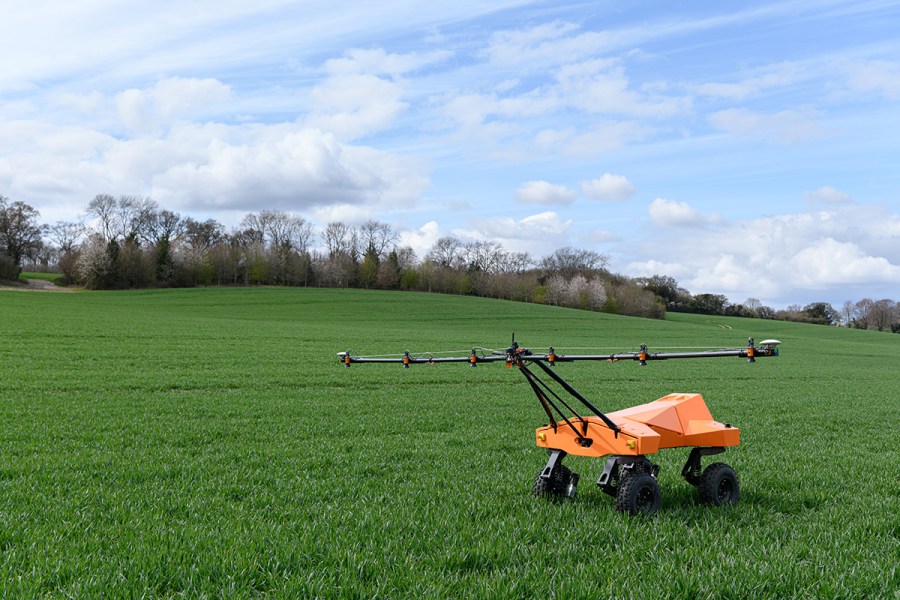Has the fourth agricultural revolution arrived and does it have the capacity to solve the issues of farming and food production? Or is it too early to know just what impact robotics could have on agriculture? CPM found out more at Cereals.
The fourth agricultural revolution can’t simply be about automating the third one.
A lot of the discussion centred around technology hails it as a revolution and something that could bring about transformational change, but speaking at the Cereals Event, Harry Henderson of AHDB asked if this would be the case.
“We’ve believed that farming should be more environmentally friendly but then the war in Ukraine brought food security to the fore, so it’ll be interesting to see how technology plays into this,” he says.
Belinda Clarke, director of Agri Tech-E, holds the view that agritech is often mispresented in the sector, something she feels does it a disservice. “It’s not one thing but actually chemistry, machinery and genetics, and we now have the toolkit to augment them.”
This involves bringing in tested and validated technologies from other sectors into agriculture, she says. “Imagine what we’ll see at Cereals in five years’ time.”
However, progression isn’t without obstacles to overcome, but Belinda expresses positive expectations when it comes to the future of gene editing in the UK. “The Genetic Technology Bill has gone before parliament and signifies the potential for gene editing to make a difference to the industry.”
On another level, the industry is likely to have heard a lot about the Internet of Things, she adds. “There’s been plenty of talk about this and what it means for our farms, and although we’re not totally connected yet, we’re working towards this.”
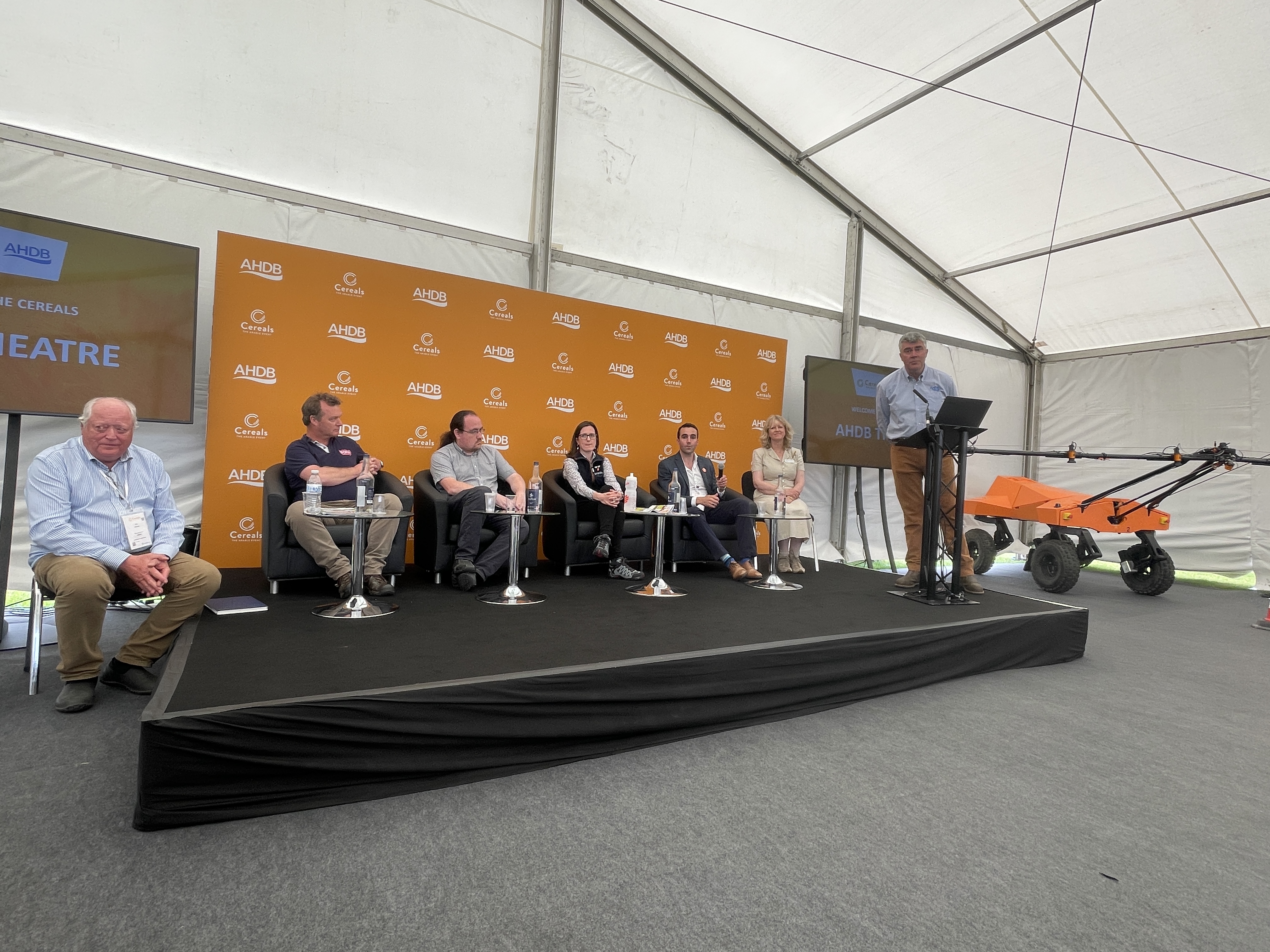
Speakers at this year’s Cereals Event discussed what the fourth agricultural revolution really means for the industry.
Along the same wavelength is Big Data, continues Belinda. “It’s about being able to pull together large and messy data sets and ground them with sensors and monitors to deliver bespoke, actionable insights to farmers. We’re now able to be informed on things in a way we haven’t been able to before.
“And this goes on to enhance things like artificial intelligence (AI),” she says. “AI coupled with computer vision is already being deployed in robots. It’s transitioning us towards a virtual augmented reality where the digital and real world are moving ever closer together.
“It’s all helping us become masters of time, with more flexibility to deliver things. Integration with technology allows us, at its simplest, to do scenario planning. And at its most complex, it can produce in silico modelling (where computer models are developed to model a pharmacologic or physiologic process).”
There’s also been talk in the industry about the potential of blockchain, explains Belinda. “However, blockchain has had a bad reputation in relation to cryptocurrency. But the anticipation is that it could be used for agronomic data – rather than financial – to demonstrate trust in the value chain.”
And technology is already being integrated into farming practices in numerous ways, including to observe the earth so that views of farms and fields are no longer inhibited by cloud cover, she says.
“There’s talk about the potential for 3D printing, whereby you could print your own machinery components or tools to grow crops.
“We also discuss the idea of One Agriculture, which is where we take an integrated approach to people, technology, the environment and everything that’s happening related to agriculture – an all-round social science – so we can understand how things all work together, from molecular science up to catchment level,” says Belinda.
“Technology is showing us how the tiers of production are all interdependent on one another,” she adds. “There are lots of pioneering multi-disciplinary technologies out there and I think we’ll see a whole new raft of companies at Cereals in the future – and not necessarily the ones we would expect.”
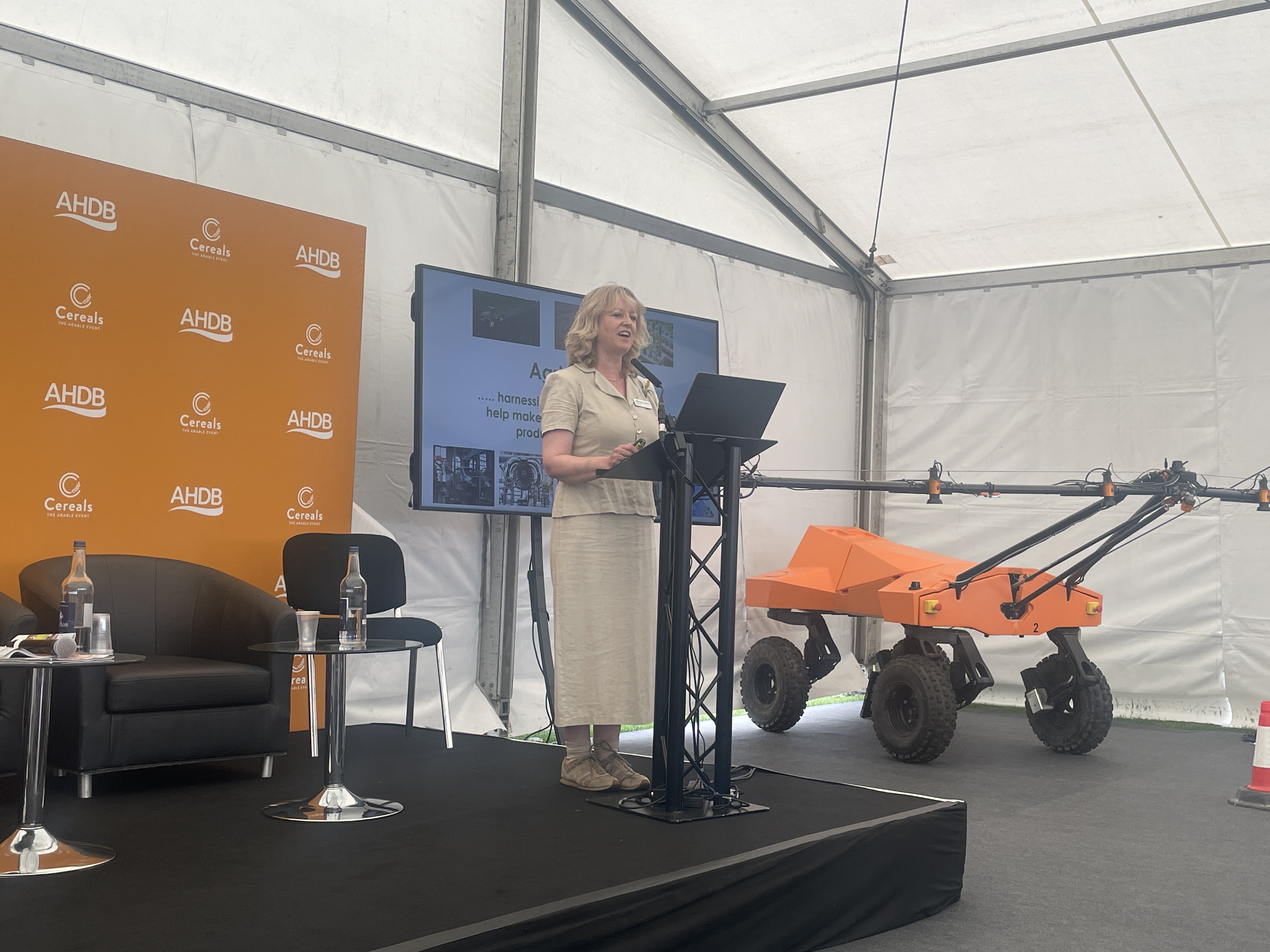
Belinda Clarke believes that artificial intelligence is transitioning the industry towards virtual augmented reality.
Sam Watson-Jones, founder of the Small Robot Company (SRC), could be said to be one of the pioneers of robotics in agriculture. Speaking at Cereals, he highlights that the fourth agricultural revolution is happening today. “Some people think it’s 10-20 years hence, but it’s commercialising now. And if this is the case, what’s the right mindset to have,” he asks. “Are we thinking about technology in the right way, and will it be useful on our farms?”
The second thing Sam feels farmers should be thinking about is what makes technology appropriate and worth considering. “Although robots are interesting, it’s not robots that are the key technology for farmers. I think it’s actually AI we need to be thinking about – it’s the most transformative thing I think we will see coming into the industry. Robots are the means to gather data and action it, but it’s the AI which underpins it.
“The fourth agricultural revolution can’t simply be about automating the third one,” he stresses. “This would imply that our system is perfect except for removing the human element. If we think that, then we are missing out on some of the transformative technologies coming in.”
According to Sam, new technologies must lead to better decision-making, increased accuracy in field, improved profitability and benefit the environment. “We shouldn’t think of it as being a choice between these things, but of them all working together.”
To get a feel for the longer-term direction of travel of technological advancement, Sam suggests looking at other sectors. “One challenge we have is that we only have 40-50 harvests to learn the trade, meaning there’s a relatively narrow sphere of experience. But the potential with AI is that we can suck in data and learning from all sorts of different areas which could lead to better decision-making.
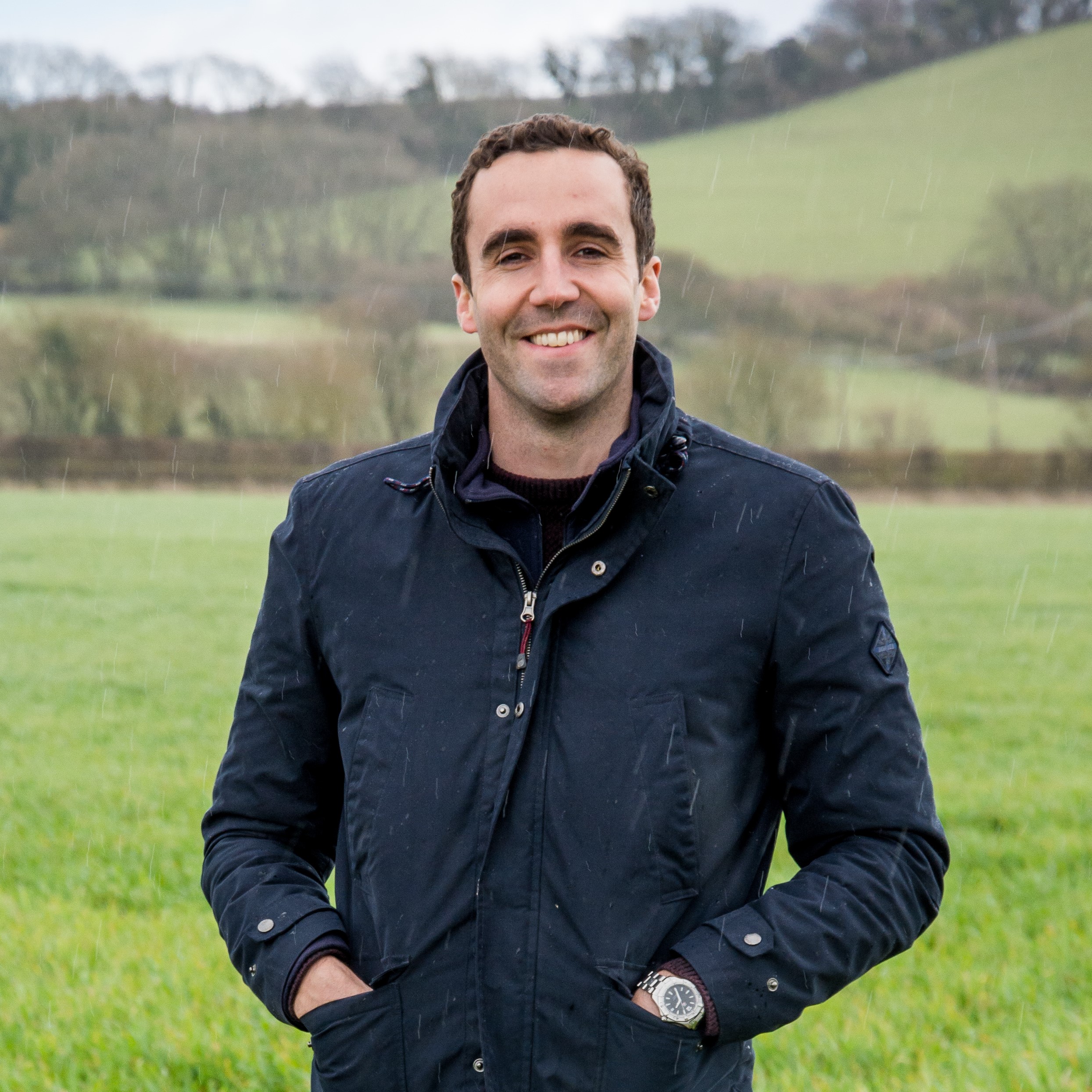
Farmers should be thinking about what makes technology appropriate and worth considering, says Sam Watson-Jones.
“Sooner than you think, it’ll become normal to use AI to make decisions,” he says. “It’ll feel like you’re operating in the dark without it. We’ll go from walking a tiny percent of a field and making a decision based on this, to becoming highly precise on a per plant level.”
And this is something the SRC is spearheading with the launch of its Per Plant Farming robot service. Unveiled just before Cereals, the service uses its Tom robot to monitor and treat only problem areas in a field with herbicides and has been shown to cut herbicide applications by 77% and fertiliser by 15%.
But it’s not just SRC that has developed such technologies. Carbon Robotics, created by ex-Tesla founders in the US, has raised $30M to advance laser weeding, explains Sam. “The France-based NAIO, has developed mechanical weeding of high value crops and now has 250 robots on the market.
“Earth Rover was founded five years ago and has concentrated on weeding with light – similar to laser – in broccoli, with a scanning device mounted on a tractor. There’s also California-based Verdant Robotics, which scans fields and micro sprays but is also looking at non-chemical weeding. And then there’s Farmdroid, which involves automated drilling and automated weeding alongside it, and this has drilled 1500ha so far,” he says.
Another technology farmers could soon see joining SRC’s services is the Slugbot. According to Dr Jenna Ross of CHAP, this project dates back to 2017 but the work that has gone into making it viable has been extensive. “The aim is to work with SRC so its robot can spray nematodes directly onto slugs,” she explains. “The project is split into three phases; the first was to collect slugs and develop the AI, the second was trialling the mapping capabilities and the third was looking at the biological control agent.”
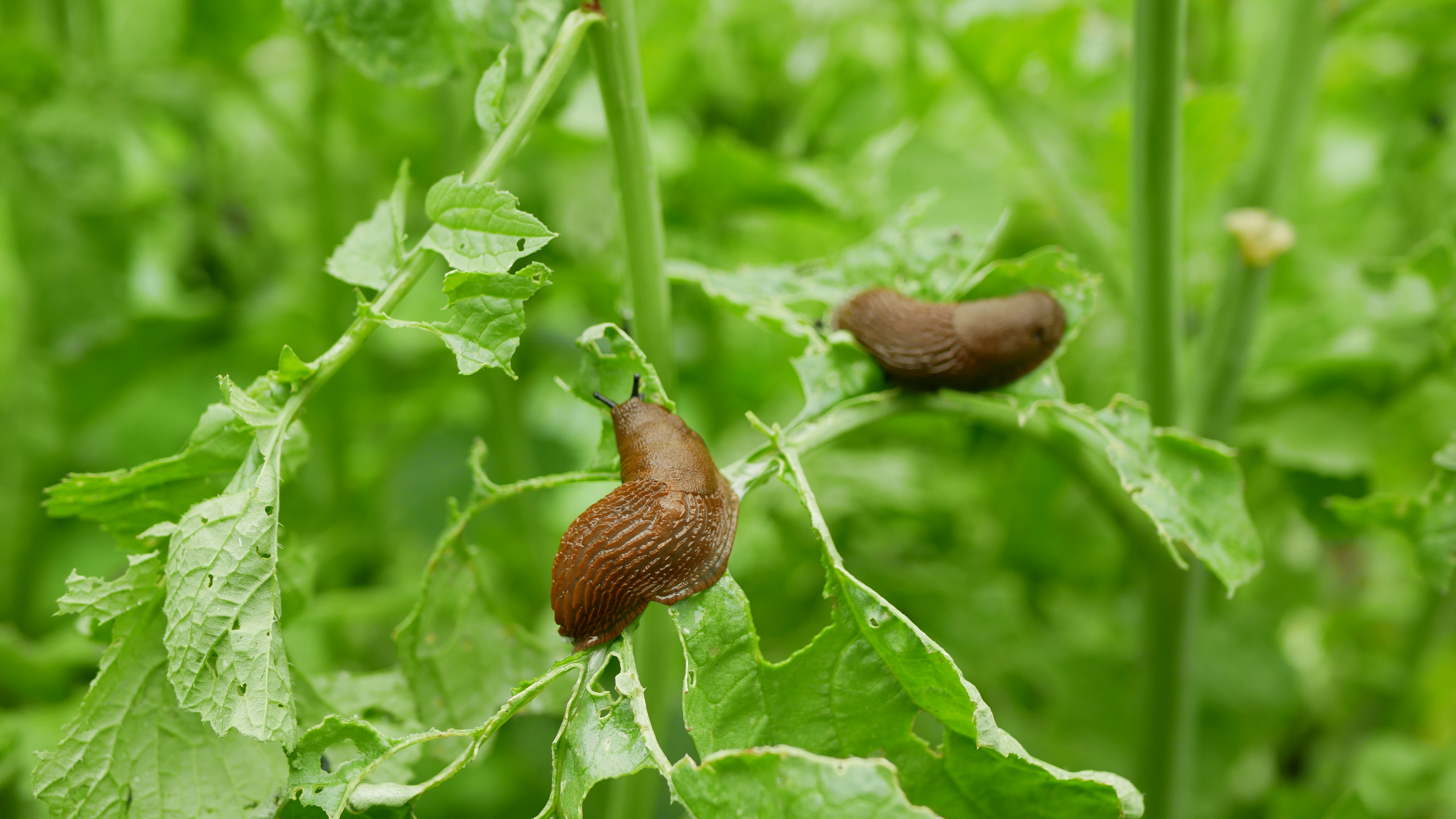
Artificial intelligence is being used to identify and spot spray slugs.
Identifying slugs involves looking at their unique spectral signature to determine the different species and to differentiate between them and the background material, as slugs tend to hide, says Jenna. “We needed to verify that the AI recognised the right slugs.”
The project has involved testing in the daylight and the dark, as well as in wet and dry conditions and in both wheat and oilseed rape.
The robot itself has six cameras and can geolocate slugs. “The final element of the project was the spraying. We wanted to ensure precision and we got it down to a 20cm² spray, with the flow calibrated and measured,” she adds. “The exciting thing is that slugs could be swapped out for any pest, weed or disease.”
But will these technologies pay? “This is absolutely critical,” says Sam. “There’s a need to increase farm profitability from year one. Our view is to deliver our technology as a per hectare service, so we aren’t selling a robot. This way, we feel companies can set a price point to deliver an immediate benefit from year one. And as models and accurate modes of action increase, I think profitability will grow.
“There’s a bright and exciting future and some of it’s already happening today.”
So the message is to not just watch this space, but to get involved now. “Innovation drives regulation to catch up with it,” says Belinda. “We must ensure there’s an enabling environment so we can implement these technologies on farm.”
This article was taken from the latest issue of CPM. For more articles like this, subscribe here.

